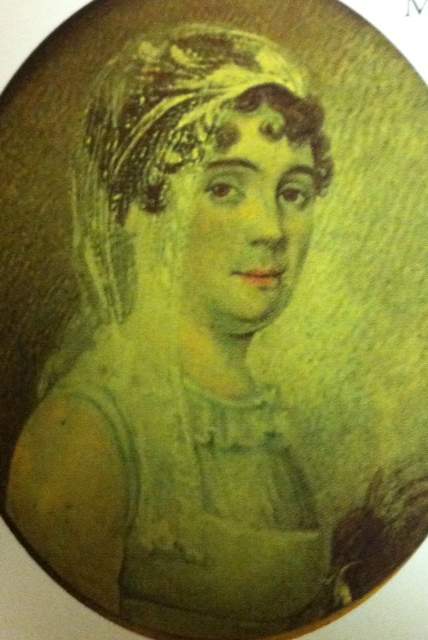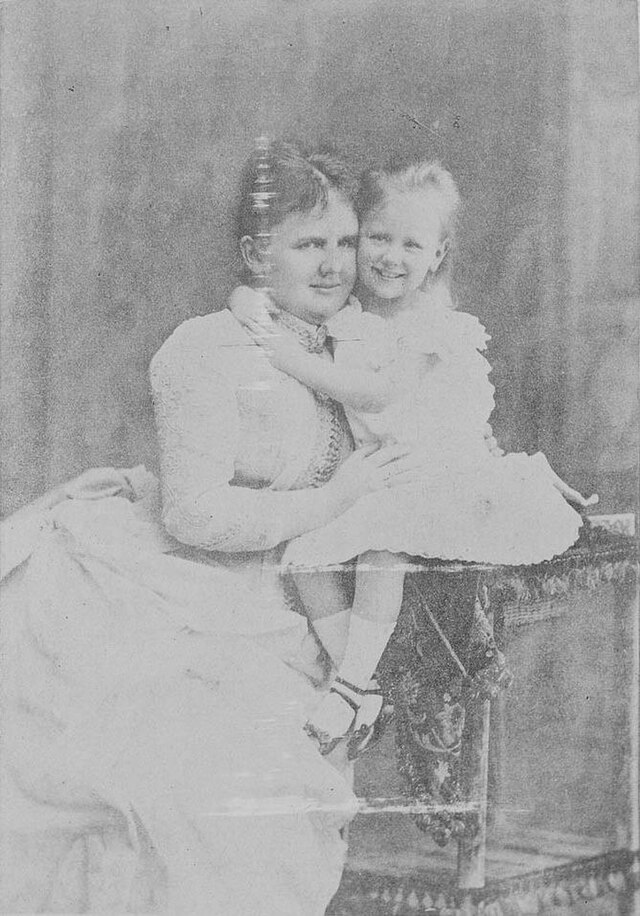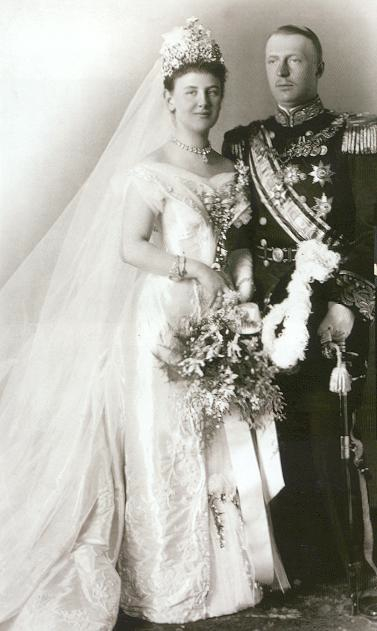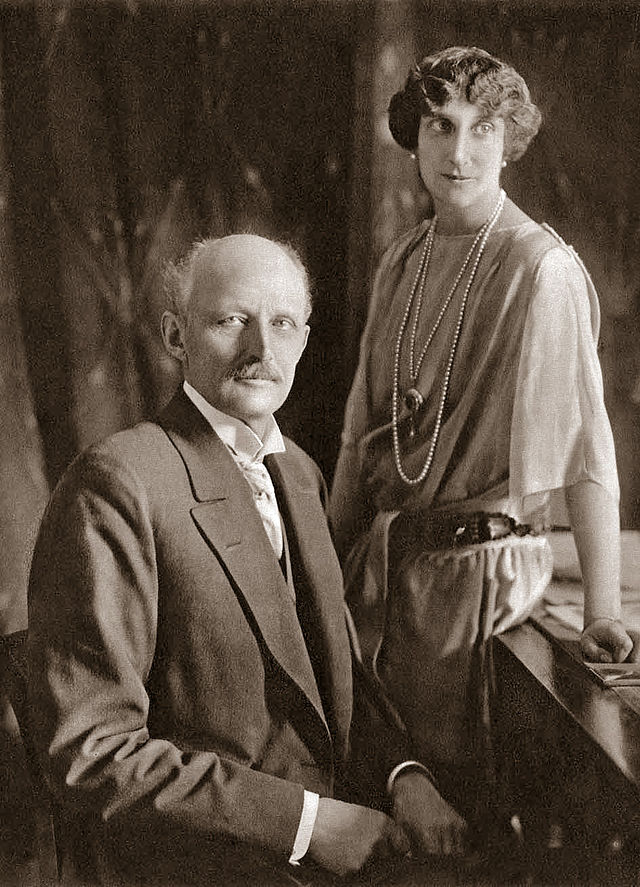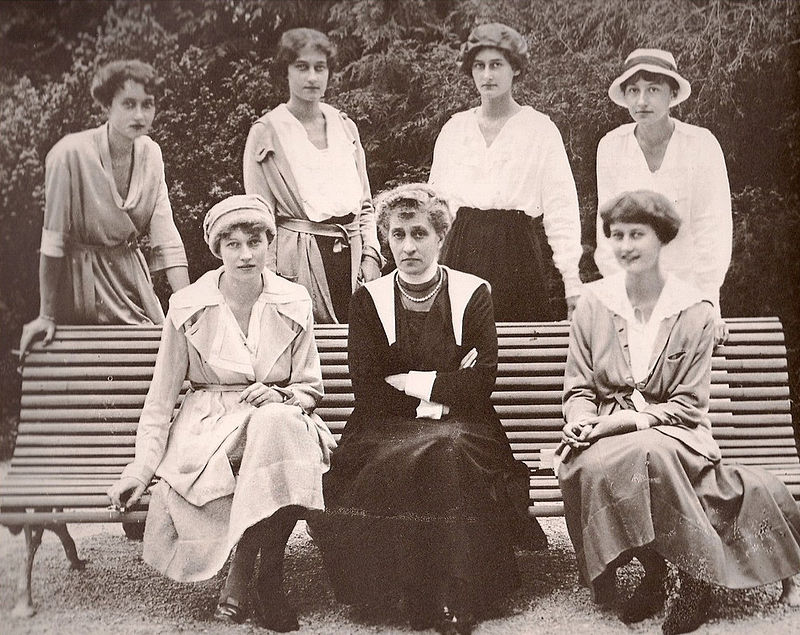by Susan Flantzer © Unofficial Royalty 2015

Victoria of Saxe-Coburg-Saalfeld, Duchess of Kent; Credit – Wikipedia
The mother of Queen Victoria, Princess Victoria of Saxe-Coburg-Saalfeld (Marie Louise Victoire), was born on August 17, 1786, in Coburg, Duchy of Saxe-Coburg-Saalfeld, now in the German state of Bavaria. She was the fourth daughter of the five daughters and seventh child of the ten children of Franz Frederick, Duke of Saxe-Coburg-Saalfeld and Augusta of Reuss-Ebersdorf.
Victoria had nine siblings:
- Sophie (1778 – 1835), married Emmanuel, Count von Mensdorff-Pouilly, had six sons
- Antoinette (1779 – 1824), married Alexander of Württemberg, had four sons and one daughter
- Juliane (Grand Duchess Anna Feodorovna after marriage) (1781 – 1860), married Grand Duke Constantine Pavlovich of Russia, no issue, marriage annulled in 1820; had two illegitimate children
- Ernst I, Duke of Saxe-Coburg-Gotha (1784 – 1844), married (1) Princess Louise of Saxe-Gotha-Altenburg, had two sons, Ernst II, Duke of Saxe-Coburg and Gotha and Prince Albert, husband of Queen Victoria; married (2) Duchess Marie of Württemberg, daughter of his sister Antoinette, no issue; had three illegitimate children
- Ferdinand (1785 – 1851), married Princess Maria Antonia Koháry, had three sons and one daughter including Ferdinand. King Consort of Portugal; was the grandfather of Tsar Ferdinand I of Bulgaria
- Marianne Charlotte (1788 – 1794)
- Leopold I, King of the Belgians (1790 – 1865), married (1) Princess Charlotte of Wales, only child of George, Prince of Wales (King George IV), died in childbirth along with her son (2) Princess Louise of Orléans, had three sons and one daughter including Leopold II, King of the Belgians and Charlotte, Empress Carlota of Mexico
- Franz Maximilian Ludwig (1792 – 1793)
At age 17, on December 21, 1803, Victoria became the second wife of Emich Carl, 2nd Prince of Leiningen, who was 23 years her senior. Emich Carl died of pneumonia in 1814 and was succeeded by his 10-year-old son Karl.
Victoria and Emich Carl’s children:
- Karl, 3rd Prince of Leiningen (1804 – 1856), married Countess Maria von Klebelsberg, had two sons
- Princess Feodora of Leiningen (1807 – 1872), married Ernst I, Prince of Hohenlohe-Langenburg, had three sons and three daughters
In November of 1817, the death in childbirth of Princess Charlotte of Wales, the only legitimate grandchild of King George III, necessitated the marriages of the unmarried sons of King George III to provide an heir to the throne. On May 29, 1818, Prince Edward, Duke of Kent (fourth son of King George III) married the 32-year-old widow Victoria at Schloss Ehrenburg in Coburg. Edward had never married but had lived for 28 years with his mistress Julie de Montgenêt de Saint-Laurent. Upon the couple’s return to England, they had a second marriage ceremony on July 13, 1818, at Kew Palace in the presence of Edward’s ailing mother Queen Charlotte.
In September of 1818, Edward and Victoria set out for Leiningen, where the Duchess of Kent’s young son was the Sovereign Prince. However, when the Duchess became pregnant, they were determined to return to England so the possible heir to the throne would be born there. They took up residence in an apartment at Kensington Palace and it was there that their only child was born on May 24, 1819:
- Queen Victoria of the United Kingdom (1819 – 1901), married Prince Albert of Saxe-Coburg and Gotha, had nine children
Toward the end of 1819, Edward leased Woolbrook Cottage in Sidmouth, a town on the English Channel, due to the need to economize and for benefits the sea air would have on the Duchess’ health. In early January, Edward caught a cold but insisted on taking a walk in the chilly weather. Within days, the cold worsened, he became feverish and delirious and developed pneumonia. His condition was aggravated by the bleeding and cupping of the physician sent from London to treat him. Edward became increasingly weaker and died on January 23, 1820, just six days before his father King George III died.
After King George III’s death, the infant Victoria was third in the line of succession after her uncles Frederick, Duke of York and William, Duke of Clarence. Neither the new king, George IV, nor his brothers Frederick and William had any heirs, and the Duchess of Kent decided she would take a chance on Victoria’s accession to the throne. The Duchess decided to stay in England rather than return to her homeland.

Victoria and the Duchess of Kent; Credit – Wikipedia
The Duchess of Kent and her daughter Victoria were given little financial support from Parliament. The Duchess’ brother Leopold (the future King Leopold I of the Belgians) was the widower of Princess Charlotte and received a very generous 50,000 pounds per year income from Parliament upon his marriage to Charlotte which was continued after her death. Leopold provided much-needed financial and emotional support to his sister and niece. In 1831, with King George IV dead for a year and his younger brother and heir King William IV still without legitimate issue, Victoria’s status as heir presumptive and her mother’s prospective place as regent led to major increases in income. Uncle Leopold became King of the Belgians in 1831, so an additional consideration was the impropriety of a foreign monarch supporting the heir to the British throne. Leopold had surrendered his British income upon his accession to the Belgian throne.
The Duchess developed a very close relationship with John Conroy, her household comptroller, who wanted to use his position with the mother of the future queen to obtain power and influence. Conroy and the Duchess tried to control and influence Victoria with their Kensington System, a strict and elaborate set of rules. The Duchess’ relationship with her daughter Victoria suffered greatly and did not normalize until Victoria herself had children.
There was no love lost between King William IV and his sister-in-law, the Duchess of Kent. Despite the Regency Act 1830 making the Duchess of Kent regent in case William died while Victoria was still a minor, the king distrusted the duchess’s capacity to be regent. William had been denied access to his young niece as much as the Duchess dared. The Duchess had offended the King by taking rooms in Kensington Palace that the King had reserved for himself. Both before and during William’s reign, the Duchess had snubbed his illegitimate children, the FitzClarences. All of this led to a scene at a dinner in 1836 where King William IV declared in the Duchess’ presence that he wanted to live until Victoria’s 18th birthday so that a regency could be avoided.
On May 24, 1837, Victoria turned 18 years old and it would not be necessary for the Duchess of Kent to serve as regent, much to the relief of Victoria’s uncle King William IV. Less than a month later, on June 20, 1837, King William IV died and Victoria acceded to the British throne. On the day Victoria became queen, she demonstrated her determination to free herself from her mother’s influence by ordering her bed removed from the room she and her mother had always shared.
In 1840, Queen Victoria married her first cousin and her mother’s nephew, Prince Albert of Saxe-Coburg and Gotha. After the birth of Victoria and Albert’s first child Victoria, Princess Royal, the Duchess was reconciled with Victoria probably due to Albert’s persuasion. Thereafter, the Duchess became a doting grandmother and her relationship with her daughter became closer than it had ever been.

Dowager Duchess of Kent; Credit – Wikipedia
In March of 1861, after the Duchess had surgery on her arm to remove an ulcer, a severe infection developed. On March 15, 1861, Queen Victoria was notified that her mother was not expected to survive for more than a few hours. Victoria, Albert, and their daughter Alice immediately traveled from London to Windsor where the Duchess resided at Frogmore House near Windsor Castle. The Queen found her mother in a semi-coma and breathing with great difficulty. At 9:30 on the morning of March 16, 1861, the Duchess of Kent died at the age of 74 without regaining consciousness. Victoria did not deal well with losing her mother and dealt even worse with a death that was to come at the end of 1861, that of her beloved husband Albert.
The Duchess of Kent’s final resting place is a mausoleum near Victoria and Albert’s mausoleum at Frogmore in Windsor Home Park.

Mausoleum of the Duchess of Kent. photo: Wikipedia
This article is the intellectual property of Unofficial Royalty and is NOT TO BE COPIED, EDITED, OR POSTED IN ANY FORM ON ANOTHER WEBSITE under any circumstances. It is permissible to use a link that directs to Unofficial Royalty.


